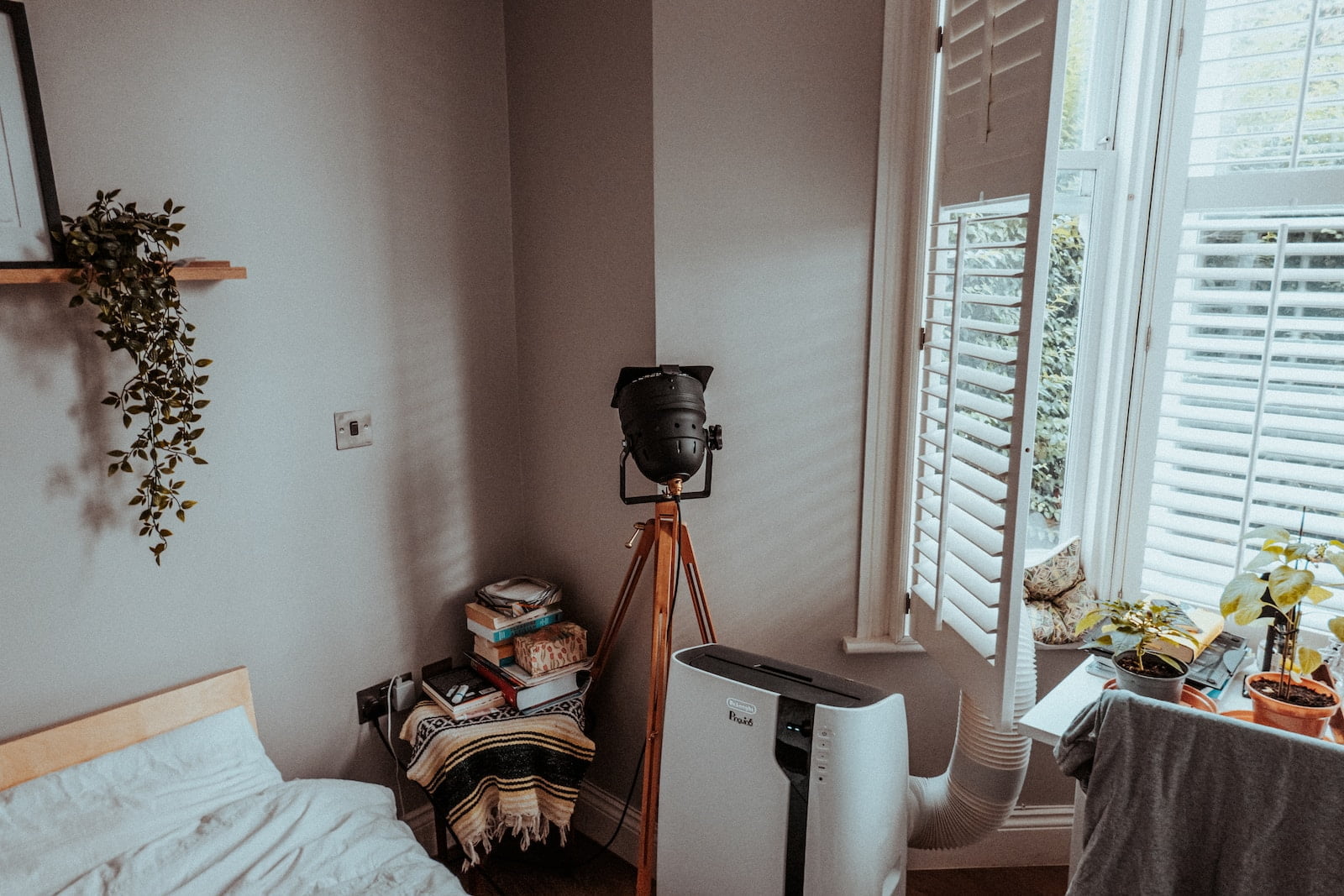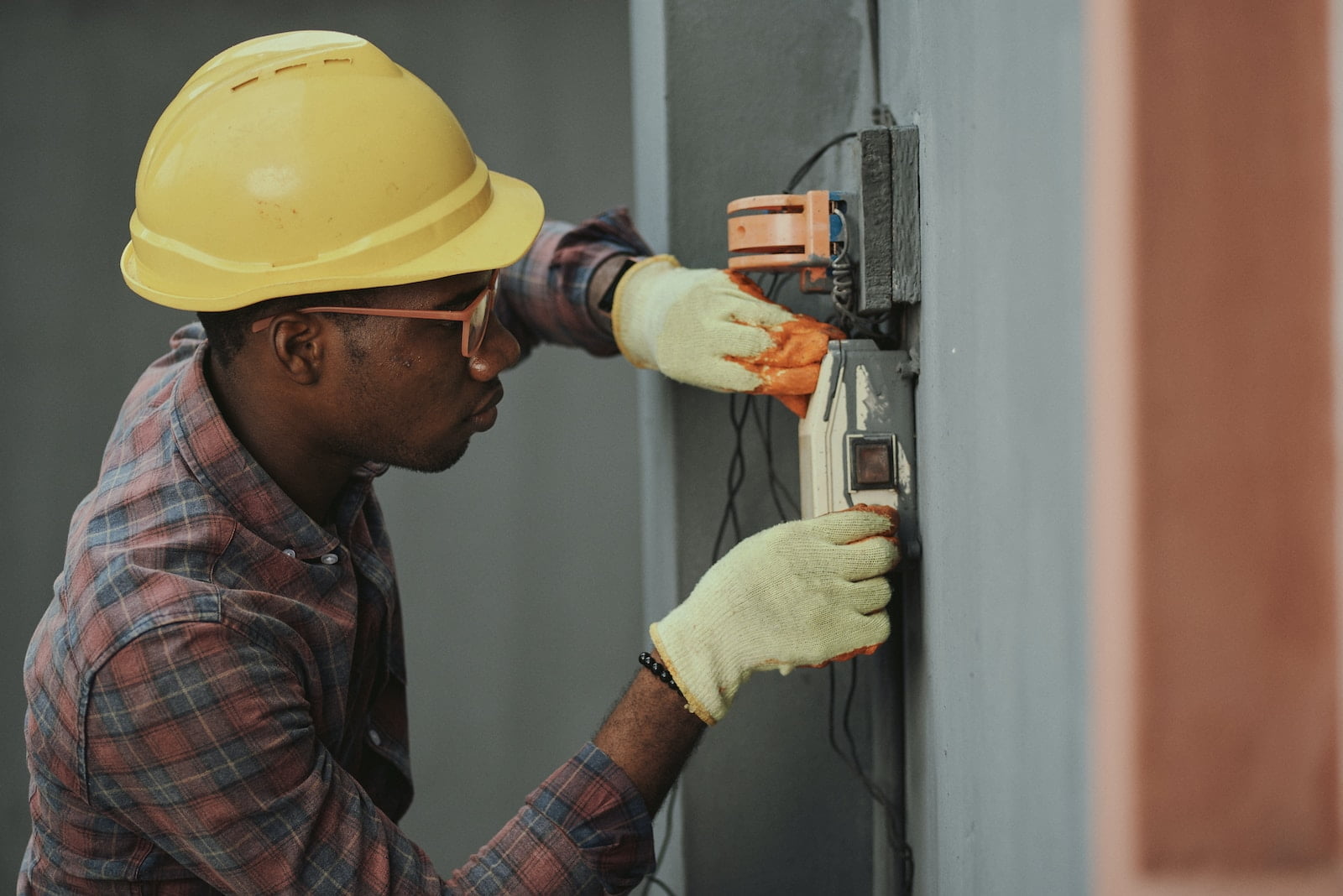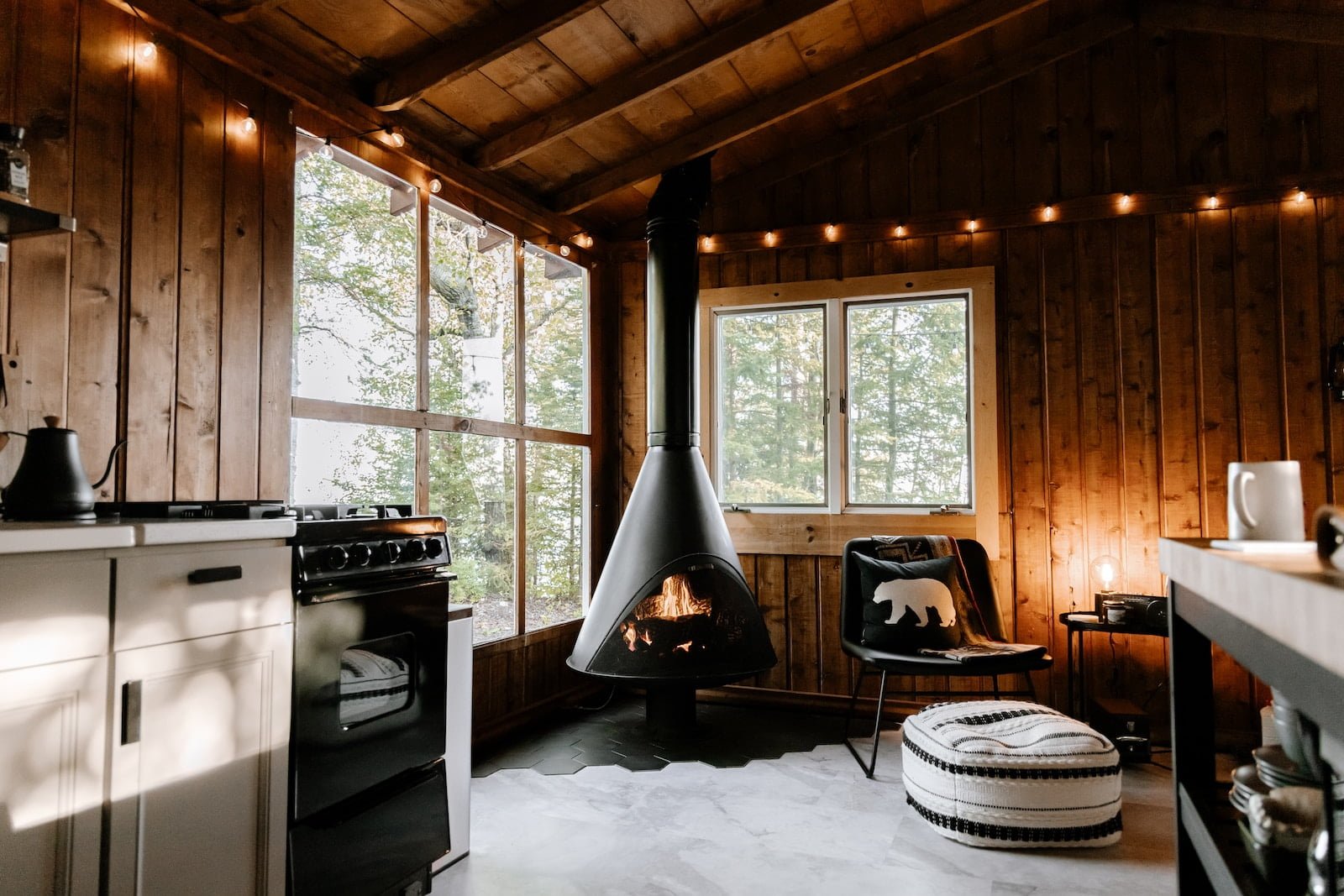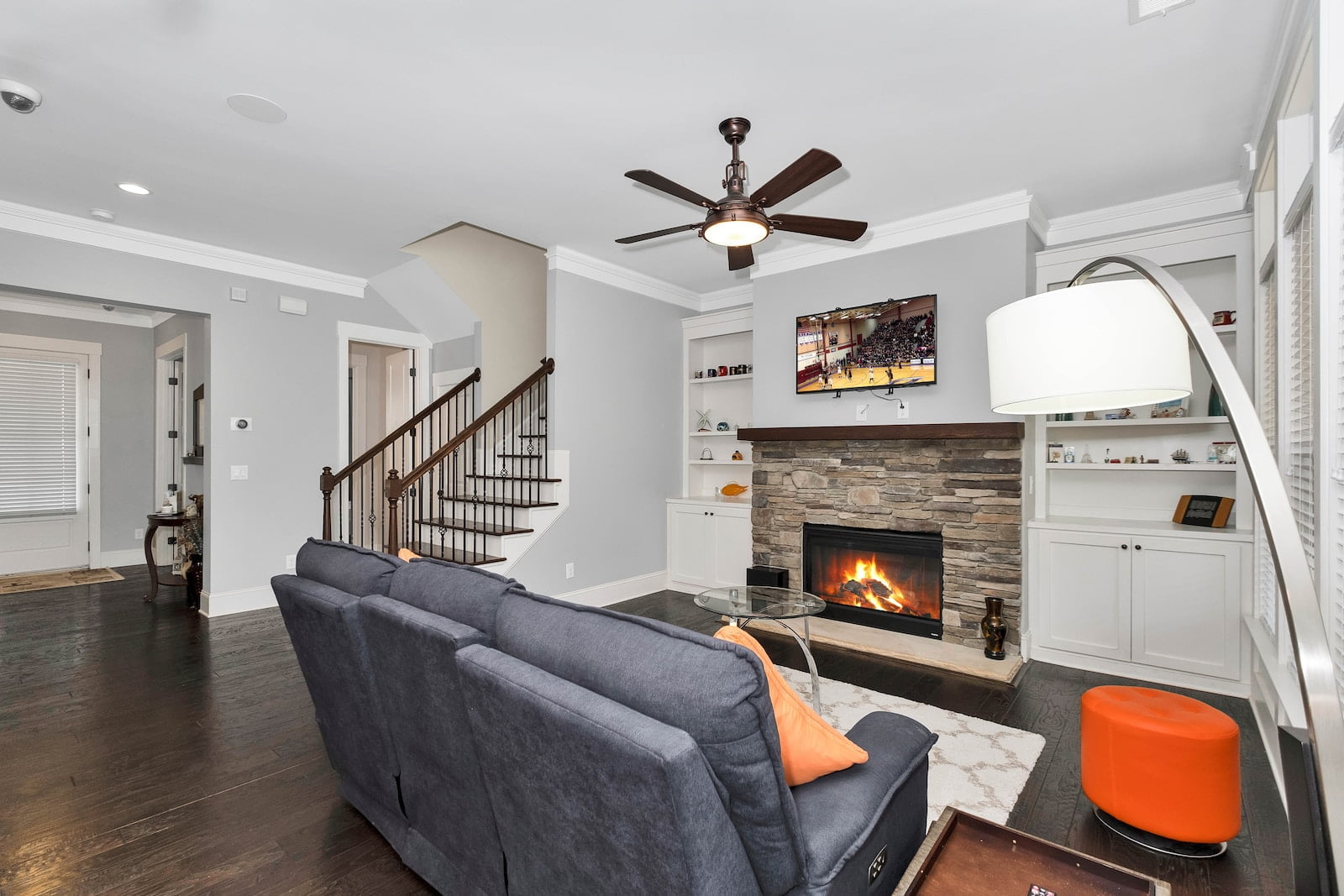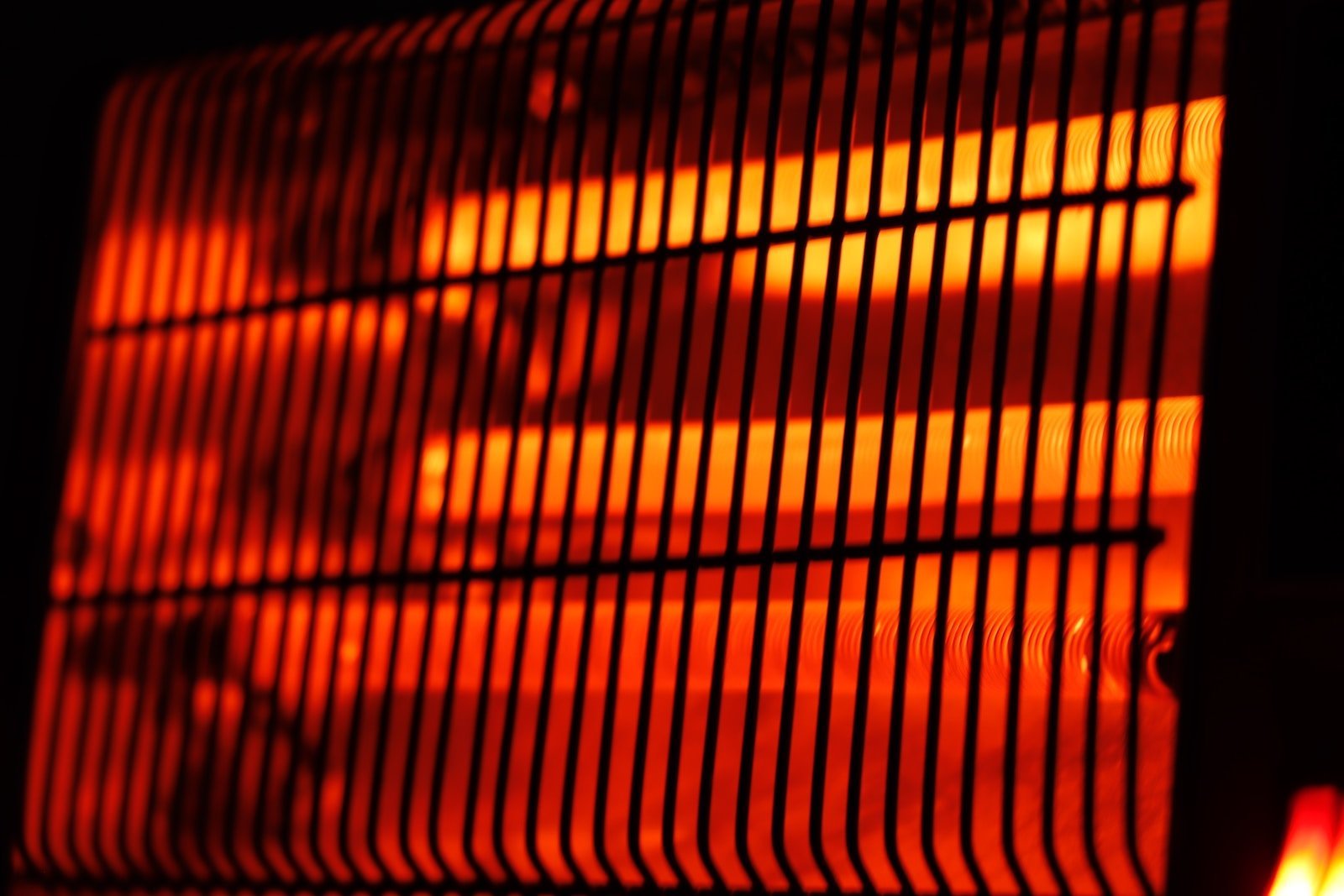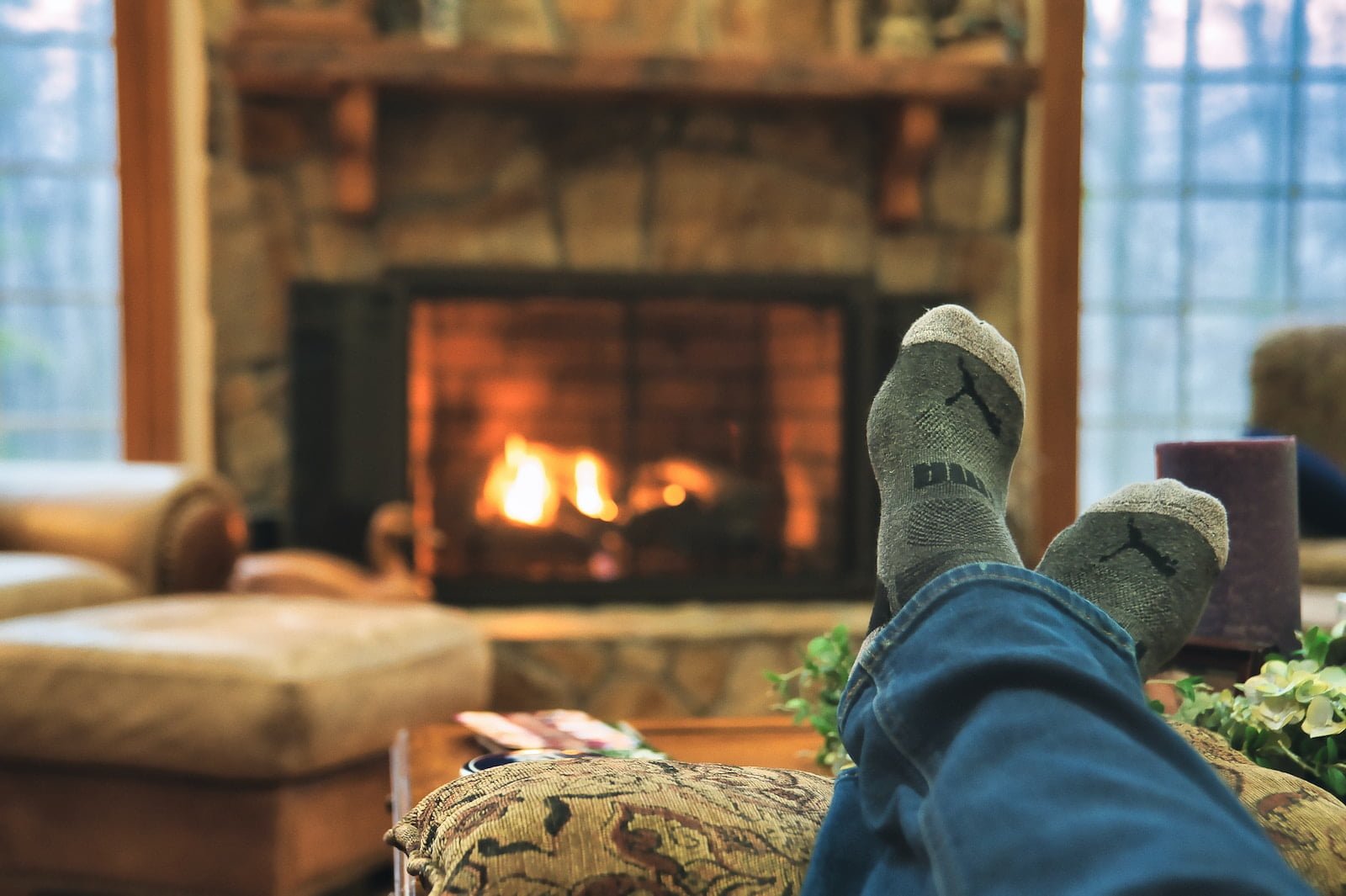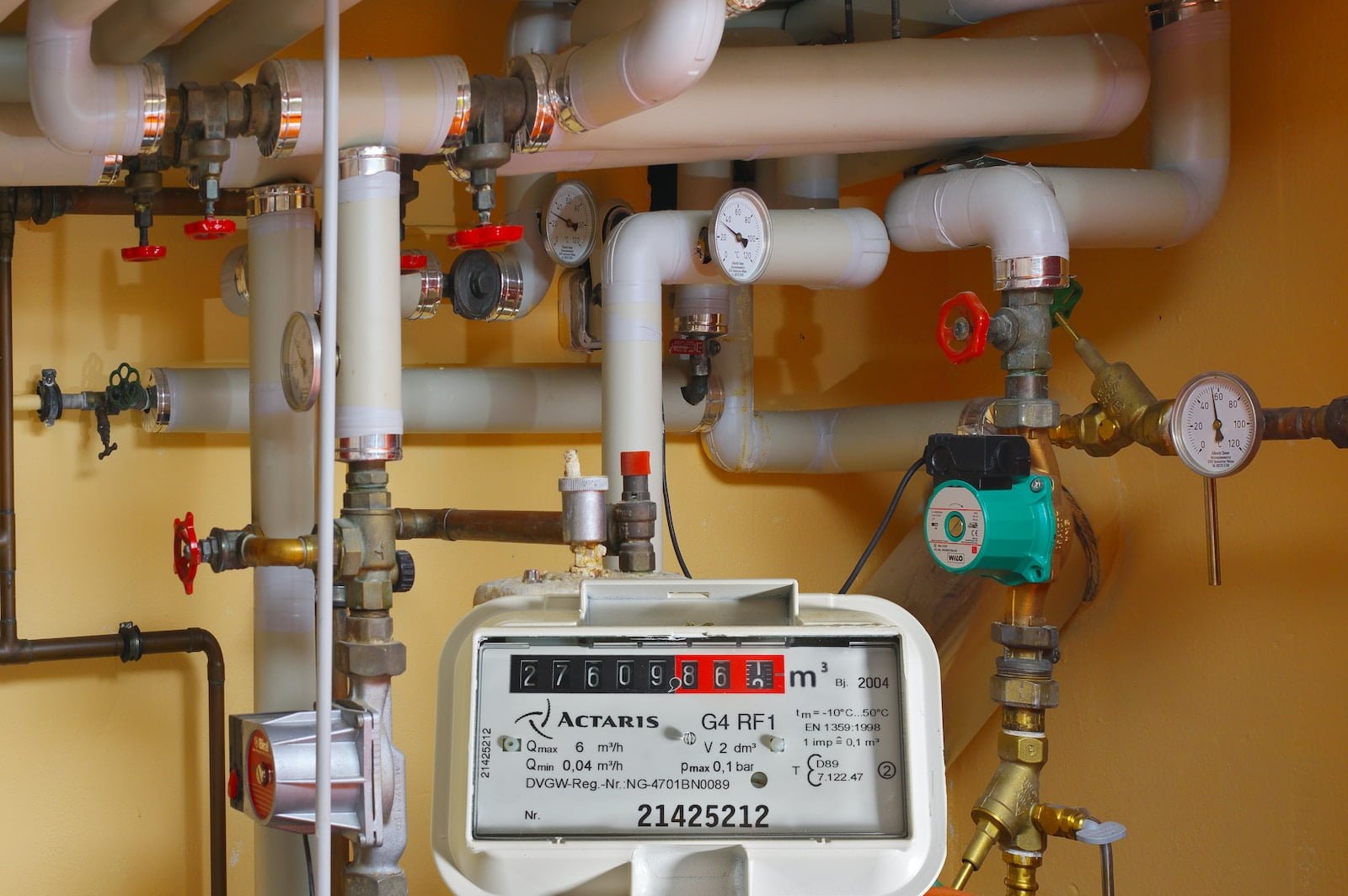Solving the Mystery of Your Furnace Blowing Cold Air
When the weather outside turns chilly, the last thing you want is for your furnace to start blowing cold air. Not only is it uncomfortable, but it can also be a sign of a more significant problem with your heating system. Understanding the basics of what causes a furnace to blow cold air can help you troubleshoot the issue and potentially avoid costly repairs. In this article, we’ll explore some common causes of furnace blowing cold air and what you can do to fix them.
Firstly, it’s important to note that furnaces blowing cold air can be caused by a variety of factors, ranging from simple user error to more complex mechanical issues. Some of the most common causes include dirty air filters, malfunctioning thermostats, pilot light issues, and problems with the furnace’s ignition system. By identifying the underlying cause of the problem, you can take the necessary steps to address it and get your furnace back up and running efficiently.
Whether you’re a homeowner or a renter, having a basic understanding of how your furnace works and what can cause it to blow cold air is essential. So, let’s dive in and explore some of the most common causes of furnace blowing cold air and what you can do to fix them.
Checking the Thermostat: How to Troubleshoot Your Furnace’s Temperature Settings
If you suspect that your furnace is not heating your home as it should, the first thing you should check is the thermostat. A faulty thermostat can cause your furnace to malfunction or not work at all. To troubleshoot your furnace’s temperature settings, start by checking the thermostat’s batteries. If they are dead, replace them and see if that solves the problem. If the batteries are not the issue, check the thermostat’s settings. Make sure it is set to “heat” and that the temperature is set higher than the current room temperature. If the thermostat is set correctly and the furnace still does not turn on, try resetting the thermostat by turning it off and then on again. If none of these steps solve the issue, it may be time to call a professional HVAC technician to diagnose and repair the problem.
Examining the Air Filter: The Importance of Regular Maintenance and Replacement
Regular maintenance and replacement of your vehicle’s air filter is crucial to ensure optimal engine performance and fuel efficiency. Over time, the air filter accumulates dirt, dust, and debris, which can clog the filter and restrict airflow to the engine. This can cause the engine to work harder and consume more fuel, leading to decreased gas mileage and increased emissions.
Additionally, a dirty air filter can lead to engine damage and costly repairs. When the filter is clogged, it can allow dirt and debris to enter the engine, which can cause abrasion and damage to engine components. This can lead to decreased engine power, increased engine wear and tear, and ultimately, engine failure.
To avoid these issues, it is important to inspect and replace your air filter regularly. Most manufacturers recommend replacing the air filter every 12,000 to 15,000 miles, or more frequently if you frequently drive on dirt roads or in dusty conditions. By keeping your air filter clean and well-maintained, you can ensure optimal engine performance, fuel efficiency, and longevity.
Inspecting the Ignition System: Identifying Issues with Your Furnace’s Pilot Light or Igniter
If your furnace is not heating up or is experiencing issues with the pilot light or igniter, it may be time to inspect the ignition system. The ignition system is responsible for starting the furnace and keeping it running. A faulty ignition system can cause the furnace to malfunction or not work at all.
To inspect the ignition system, start by turning off the power to the furnace. Locate the pilot light or igniter and check for any visible damage or wear. Look for any signs of corrosion or buildup that may be affecting the system’s performance. If you notice any damage or wear, it may be time to replace the ignition system.
Next, check the wiring and connections to ensure they are secure and in good condition. Loose or damaged wiring can cause the ignition system to malfunction. Use a multimeter to test the voltage and resistance of the ignition system to ensure it is within the manufacturer’s specifications.
In conclusion, inspecting the ignition system is an essential part of furnace maintenance. Identifying issues with the pilot light or igniter can help prevent costly repairs or replacements. Regular inspections can also ensure your furnace is running efficiently and effectively. If you are unsure about how to inspect the ignition system, it is best to consult a professional HVAC technician.
When to Call a Technician for Furnace Repairs and Maintenance
If you notice any unusual sounds or smells coming from your furnace, it’s time to call a professional technician. These signs may indicate that there is a problem with your furnace that requires immediate attention. Additionally, if you notice that your furnace is not heating your home as efficiently as it used to, it’s time to call a technician. A professional can assess the situation and determine if there is a problem with the furnace’s components or if it simply needs routine maintenance.
Regular maintenance is essential to keep your furnace running efficiently and to prevent costly repairs in the future. It’s recommended to have your furnace checked by a professional technician at least once a year. During a routine maintenance check, the technician will inspect the furnace’s components, clean the furnace, and make any necessary repairs. This will help ensure that your furnace is running efficiently and will help prevent any unexpected breakdowns during the winter months when you need your furnace the most.
Don’t wait until your furnace stops working altogether to call a technician. By being proactive and scheduling routine maintenance checks, you can help prevent costly repairs and ensure that your furnace is running efficiently all winter long.
